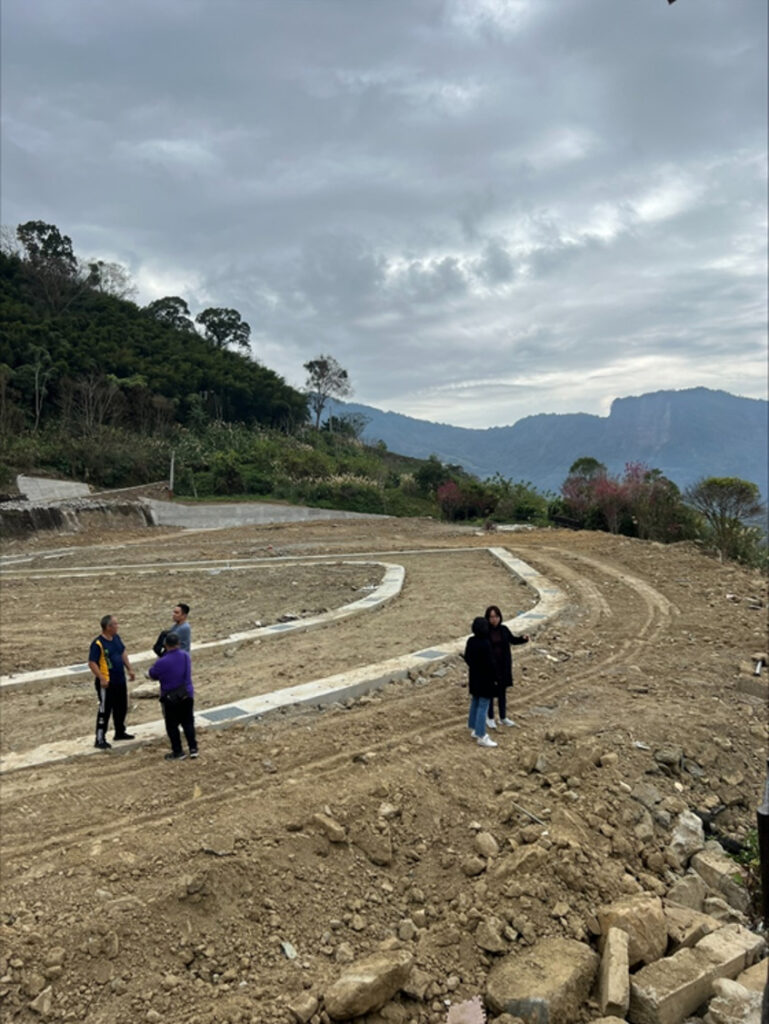Uplifting an Indigenous, women-led community in Taiwan
In celebration of International Women’s Day on March 8 we shared how we #EmbraceEquity not only in the workplace but in our work. Get an inside look at how our teams are embracing equity through their projects and positively impacting the lives of women as well as underserved communities around the world.
Follow this year’s conversations on LinkedIn and Twitter, as well as the AECOM Blog.
Most people know Taiwan as an Asian economic tiger. With a population of around 20 million, this island nestled off the coast of China is also home to 2.3 percent Indigenous Taiwanese of Austronesian ethnicity, peoples also found in Micronesia, New Guinea, Polynesia and Madagascar. In Taiwan, these Indigenous minority peoples are split into many small groups that maintain their tribal identities and customs.
In 1986, the village of Shi-ma-hsian, home to local Atayal people, was destroyed by a typhoon and landslides. Although advised by the government to leave their tribal land, most choose to stay, living in prefabricated housing donated by a local charity. Over the years, that temporary housing deteriorated.
The village women, renowned for their industrious nature in managing the local economy and tribal life, always sought new permanent housing designed to support their identity and lifestyle and maintain the location of the village.
Working with the Disaster Relief Foundation, we are supporting the development of a new modern village. The project site occupies an area of one hectare and can accommodate 44 household dwellings. The new village housing will be completed in 2024.
Our team has worked closely with a committee led by two local women to represent the village. Important topics such as design needs, budget, schedules and vendor selection were discussed and mutually agreed upon with the local women leaders. Six different types of housing were identified.
Based on feedback from the villagers, safety and durability are the top design priorities. Good insulation, waterproofing and ventilation are also required. Some housing will be solely for private residence, and as there are many old people in the tribe, the first floor of many dwellings is specifically designed to be barrier-free. Some housing will also have extra accommodation considering the community’s plans for establishing bed and breakfast businesses in the future. As the tribe is planning to develop local tourism, maintaining a genuine cultural environment is vital resulting in the design of traditional balconies and semi-outdoor spaces to be used for tribal gatherings.
During this project, our team attended many tribal meetings to make presentations and communicate the housing plans with the entire village as well as to become aware of the cultural perspective and lifestyle choices of this small group of Indigenous people. The learnings from these meetings will be incorporated into the project design.
This project will not only provide permanent housing for the tribe but help revive their local economy so that the young people who have left the village due to a lack of opportunity will come back to work and live in their community, which once again can grow and flourish.
The project is a powerful example of how embracing equity can help local Indigenous women maintain their identity and village location and give a little-known minority group a better chance of a successful future.










